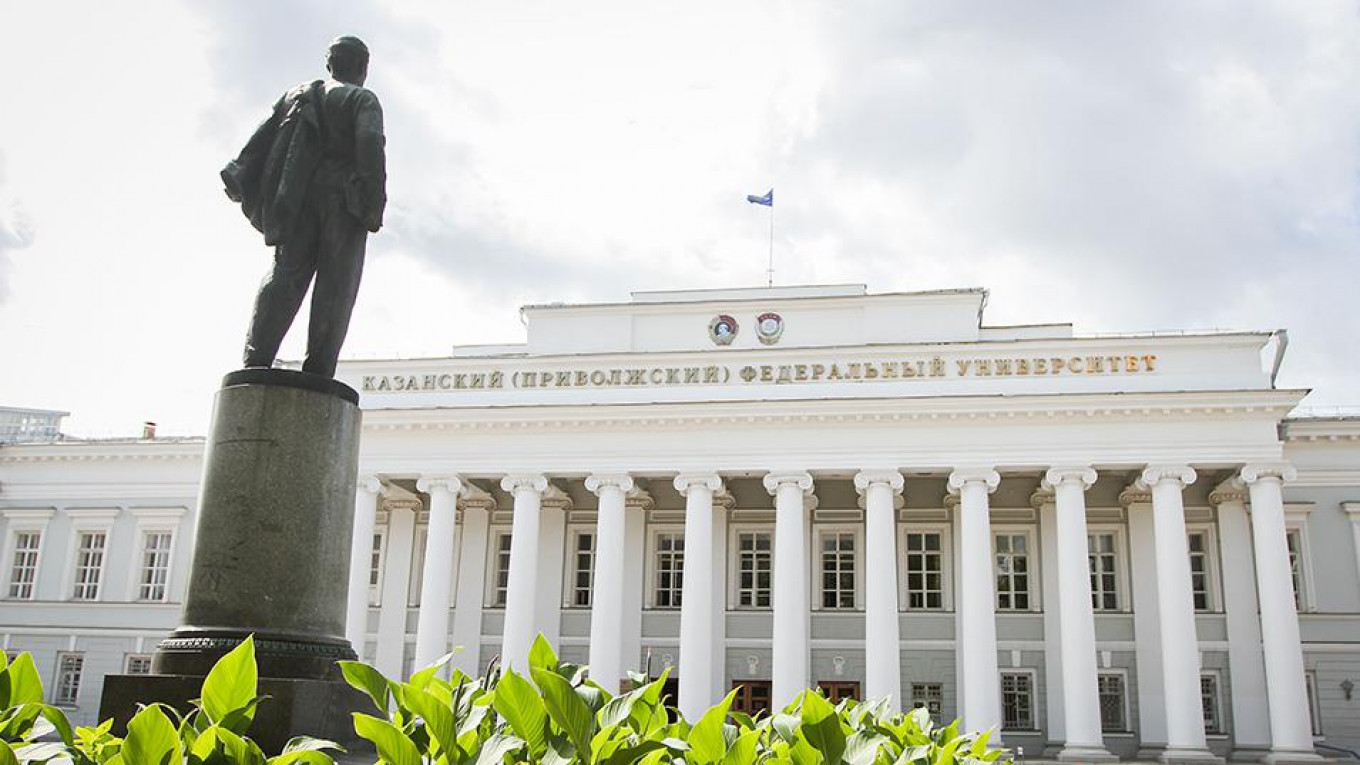Kazan University, one of the oldest universities in Russia, was founded on November 17, 1804, when Emperor Alexander I signed the Affirmative Letter and the Charter about the creation of the Kazan Imperial University.The first students, enrolled in 1805, were graduates of the First Kazan Gymnasium – an autonomous affiliate of Moscow State University, under whose auspices Kazan University first operated.
It was not until 1814 that the university underwent its full opening. It was restructured as a classical university comprising four departments: moral and political sciences, physical and mathematical sciences, medical sciences and philology. Before Tomsk University was founded, the University of Kazan used to be the easternmost university in the Russian Empire, it was thus serving for Volga, Kama, and Ural regions, Siberia and the Caucasus.
In 1819, M. L. Magnitsky conducted a review of the university, in which he reported on 'the spirit of dissent and irreligion' that he had observed at the university. In his report to the Emperor, he spoke of the "public destruction" of the university and demanded it be closed, but Alexander I put the resolved 'why destroy what can be corrected'.[citation needed] Magnitsky was consequently appointed trustee of the Kazan school district, an action that negatively affected the university, with many professors being dismissed and 'harmful' books withdrawn from the library's collection. In addition, a strict barrack domestic regime was introduced for students of the university.
In 1819–1821 an alumnus and scholar of Kazan University Ivan Simonov participated in the discovery of Antarctica during the first round-the-world expedition and pioneered Antarctic studies.


